Louisiana’s swamps are iconic, teeming with life and mystery, where predatory eyes peer just above the water’s surface, maintaining a centuries-old vigil. These wetlands are the historical realm of the American alligator—a species that flourishes in the face of adversity. However, rising environmental challenges threaten to erode this ancient landscape. As swamps disappear, the tenacious alligators continue to thrive, adapting with remarkable resilience. How do these prehistoric creatures maintain their dominance amid shrinking habitats? Let’s explore the fascinating dynamics of alligators in the disappearing swamps of Louisiana.
The Ecological Role of Alligators in Louisiana’s Swamps

Alligators are apex predators and keystone species in Louisiana’s wetland ecosystems. Their presence shapes the structure of food webs and influences the surrounding biodiversity. Alligators help maintain the ecological balance by controlling populations of prey species and creating “alligator holes” that provide water sources for various organisms during dry spells.
Historical Overview of Louisiana Alligators

Once on the brink of extinction, Louisiana alligators have made a remarkable comeback since the enforcement of protective legislation in the 20th century. Historical overhunting and habitat loss nearly wiped them out, but conservation efforts revitalized their population, highlighting their importance in both ecological and cultural contexts within the region.
The Resilience of Alligators Amid Shrinking Habitat
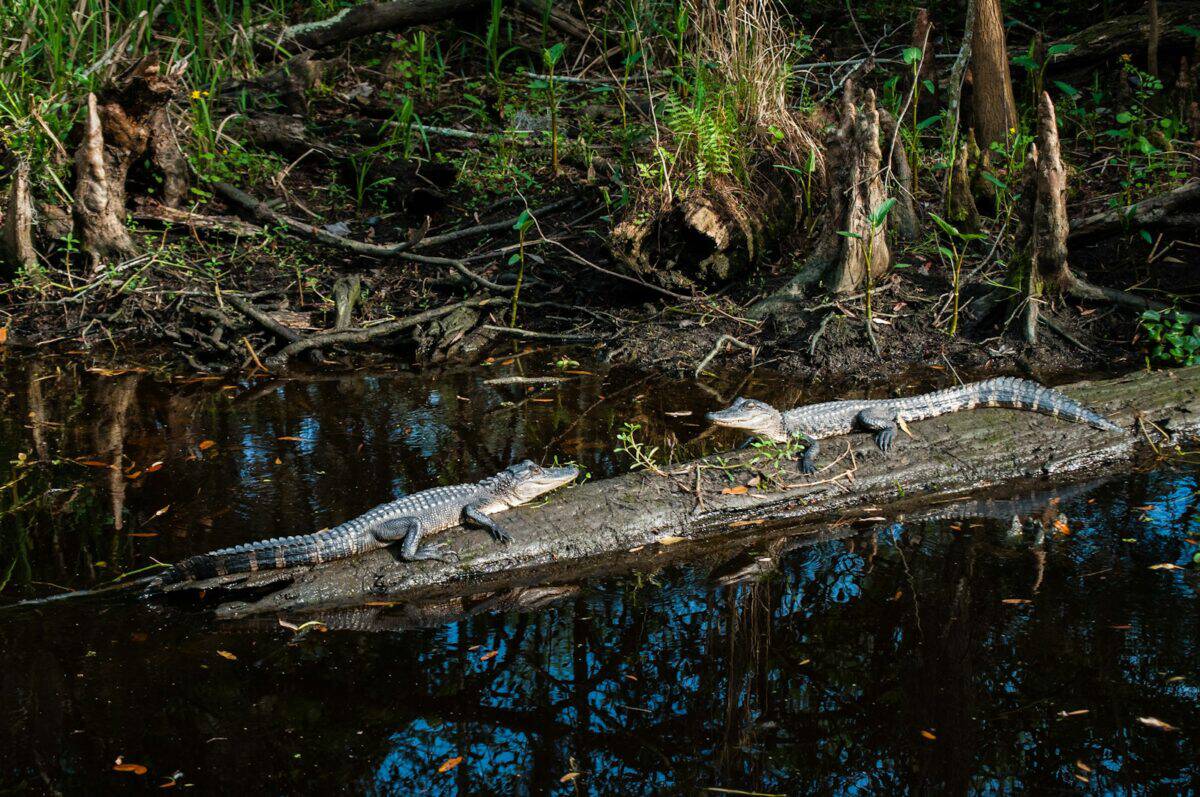
Alligators are renowned for their adaptability, allowing them to survive in fluctuating swamp conditions. Despite the loss of approximately one quarter of Louisiana’s wetlands since the 1930s, these reptiles have adjusted by moving to nearby marshes and human-created water bodies, showcasing their ability to exploit diverse habitats for survival.
Physical Adaptations for Swamp Life
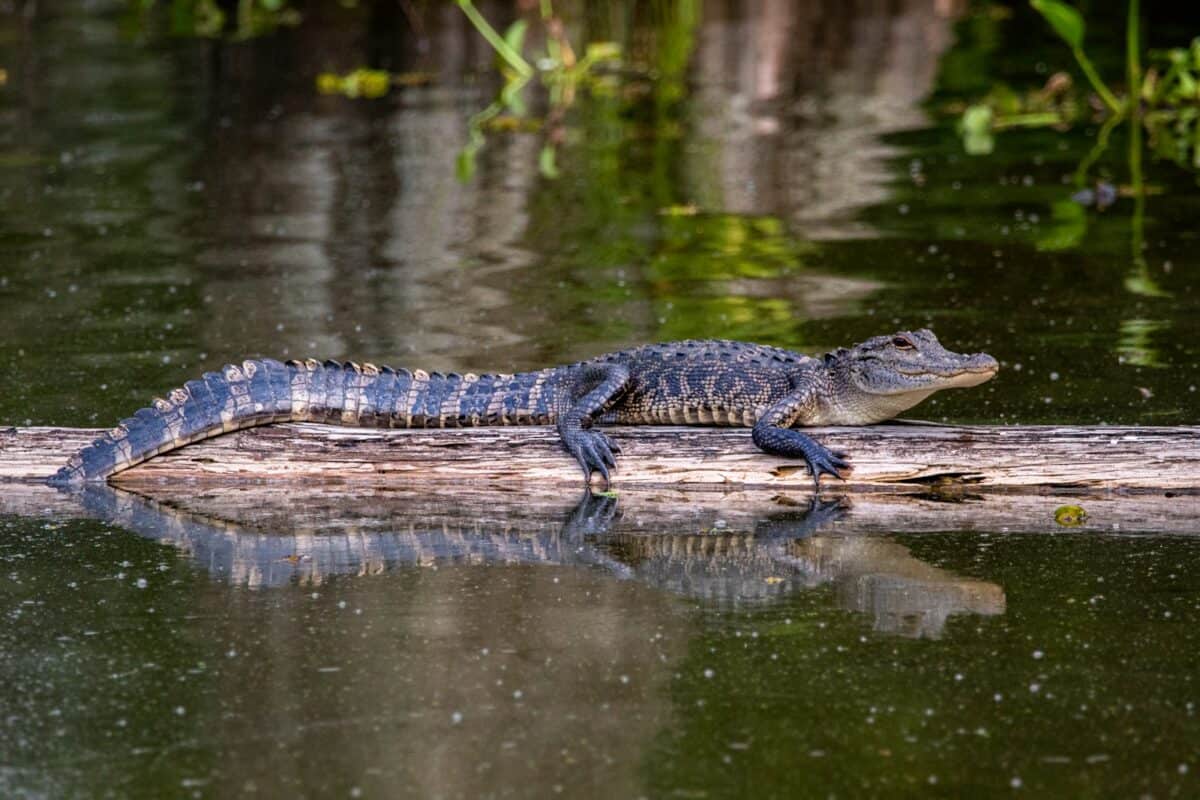
Equipped with muscular tails, armored bodies, and powerful jaws, alligators are superbly adapted to swamp living. Their stealth mode—gliding silently with only eyes and nostrils above water—enables them to remain hidden as they stalk prey. Moreover, their tolerance for low oxygen environments allows them to thrive in the anoxic waters often found in disappearing wetlands.
Behavioral Strategies in a Changing Environment
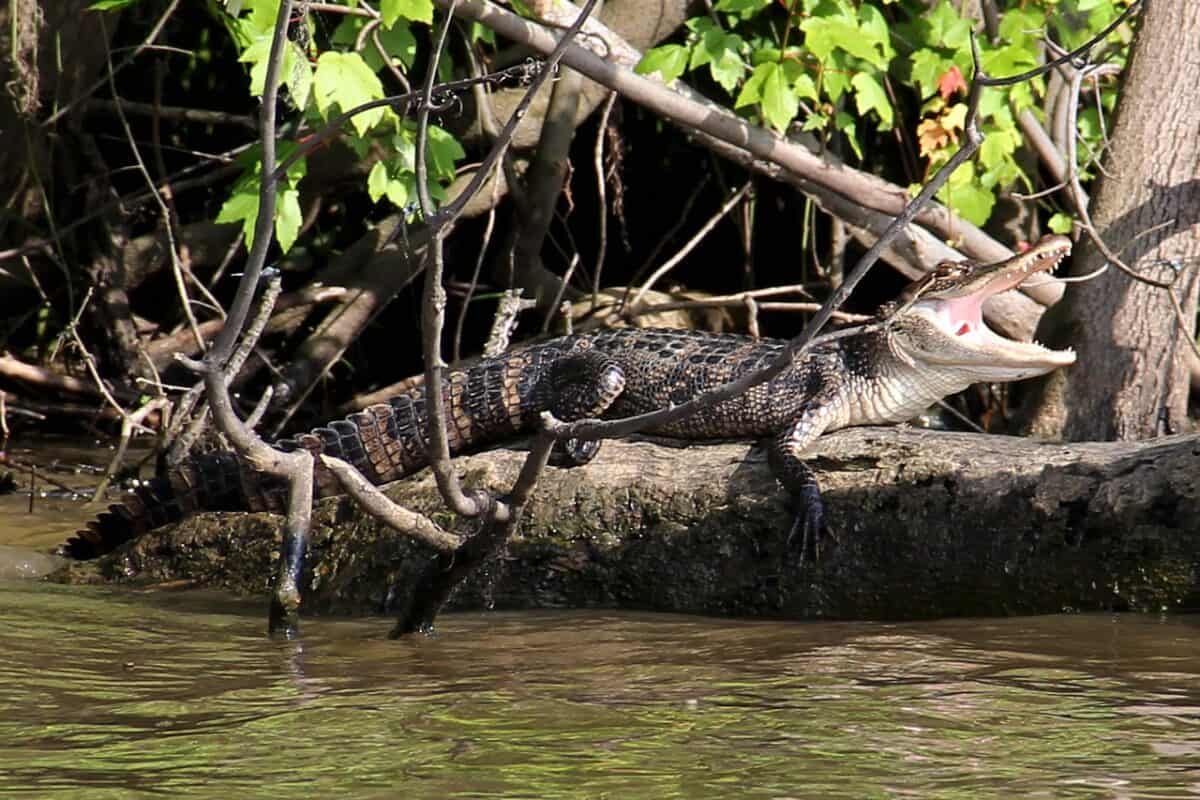
Alligators have developed unique behavioral strategies to cope with environmental stressors. They modify their nesting sites based on available resources and water levels, often constructing elevated nests to avoid flooding and thereby ensuring the survival of their offspring.
The Impact of Climate Change on Alligator Habitats
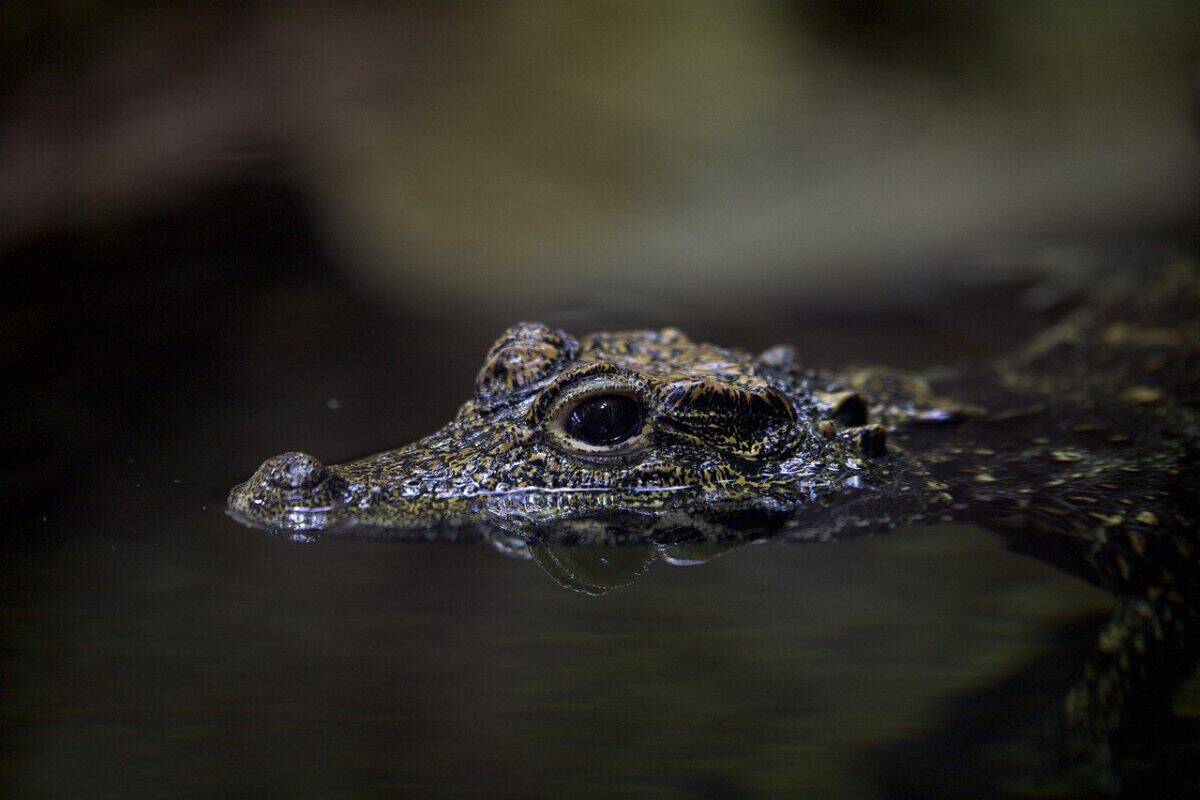
Louisiana’s swamps face increasing threats from climate change, marked by rising sea levels and severe weather patterns. These changes can exacerbate habitat loss and alter the availability of prey species. While alligators possess great adaptability, prolonged environmental shifts could test the limits of their resilience.
Human Interactions and Conservation Efforts

Conservationists and wildlife management teams play an instrumental role in ensuring the survival of alligators. Programs for wetland restoration and responsible land use are critical to sustaining healthy alligator populations. Moreover, regulated hunting under scientific guidance helps maintain a balanced ecosystem by keeping populations in check.
Alligators as Ambassadors for Wetland Conservation

Alligators serve as charismatic ambassadors for wetland conservation, drawing attention to the importance of preserving these unique ecosystems. Educational programs and ecotourism initiatives centered around these reptiles help raise awareness and generate support for conservation efforts, ensuring the survival of both alligators and their habitats.
Alligators’ Role in the Economy of Louisiana

The alligator industry significantly contributes to Louisiana’s economy through regulated hunting, farming, and ecotourism. Products such as alligator leather and meat are valuable commodities, promoting sustainable practices that benefit both local communities and wildlife conservation initiatives.
Research and Scientific Studies on Alligator Adaptability
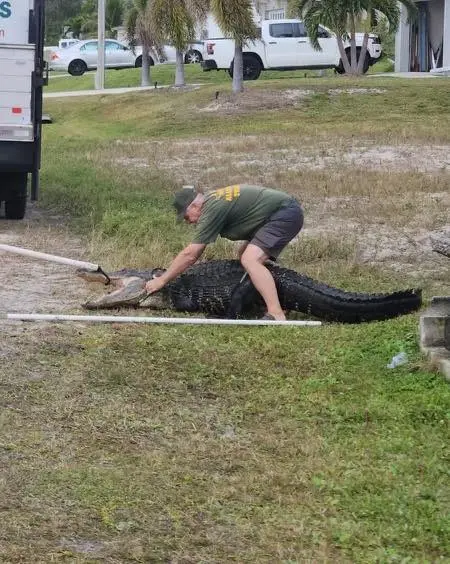
Ongoing scientific research explores the adaptive strategies alligators employ in changing environments. Studies on their behavior, physiology, and genetics provide insights into the broader impacts of habitat loss and climate change on wetland ecosystems, informing future conservation actions.
The Future of Alligators in a Changing Landscape

The fate of Louisiana’s alligators hinges on concerted efforts to combat habitat loss and climate change. Through comprehensive conservation strategies, including habitat restoration and sustainable resource management, these resilient reptiles can continue to thrive, serving as enduring symbols of the bayou’s wild heart.
Alligators in Louisiana’s disappearing swamps exemplify nature’s tenacity, adapting to profound challenges in their environment. These iconic creatures not only symbolize the intricate balance of wetland ecosystems but also reflect the critical need for ongoing conservation efforts. As stewards of the land, humans hold the key to preserving these vital habitats, ensuring that future generations can witness the powerful gaze of alligators in their natural realm.
- How Some Animals Can Regrow Their Body Parts - August 10, 2025
- Why Bees Dance to Communicate Nectar Locations - August 10, 2025
- How Pacific Island Wildlife Is Adapting to Climate Change - August 10, 2025

